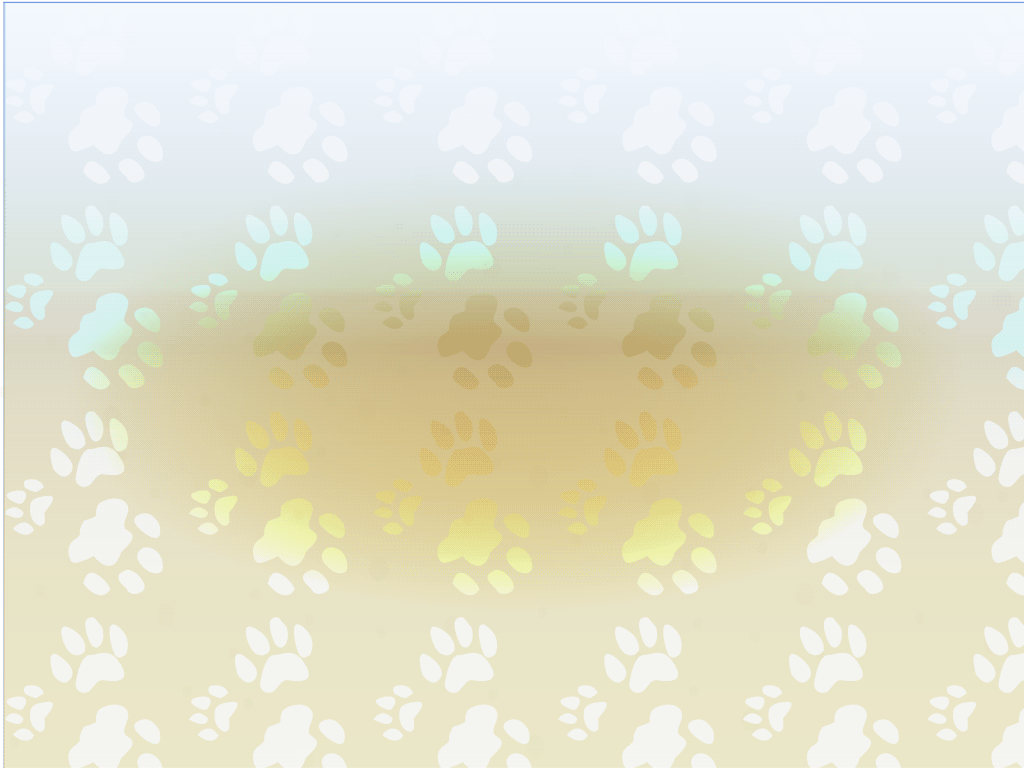

Declawing Cats
Declawing is a surgical procedure, also called “de-knuckling” or onychectomy, in which the animal’s toes are amputated at the last joint. Most people do not realize that a portion of the bone, not only the nail, is removed. Declaw surgery is usually performed when the animal is a cub. Some felines will suffer immediate complications from the procedure, but for others the damaging effects of declawing may not become obvious until many months or years later. Permanent lameness, arthritis and other long-term complications are associated with declawing.

Scratching is a natural behavior of cats. It is how they sharpen their claws, stretch, and mark their territory. Without their claws to mark territory, they may resort to spraying as a way to mark what belongs to them.
Scratching damage to household furnishings can be minimized or avoided by routine clipping of the cat’s claws, using claw covers, or redirecting the cat’s activity to acceptable surfaces. Scratching posts come in all shapes, sizes, and colors. Try a few different kinds to find out what your cat prefers.
People often mistakenly believe that declawing their cats is a harmless "quick fix" for unwanted scratching. They don't realize that declawing can make a cat less likely to use the litter box or more likely to bite. Declawing also can cause lasting physical problems for your cat. Cats naturally walk on their toes, so once they're declawed they will often walk on their wrists which can cause lameness and arthritis.
We do not support declawing unless it is medically necessary. Any cats we adopt out will keep their claws. To learn more about the negative effects of declawing, check out https://solutions.pawproject.org/.
